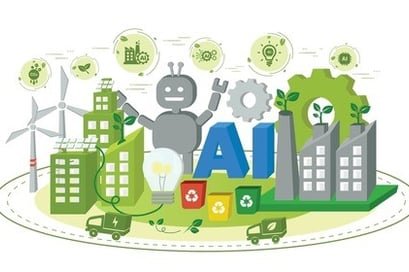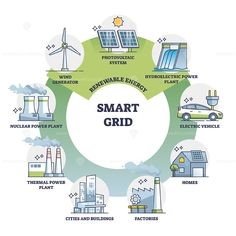

It is a known fact that technology is evolving with time. Apart from the existing ones, there can be many more innovations which can be considered revolutionising. Battery technology, energy storage systems and adaptation of alternative energy sources which are not that effective as of now (like wind, and solar) can cause a great change. Technological advancements to tackle carbon emissions will play an important role in curbing the problem of climate change.
Several businesses are already grasping technology in order to formulate sustainable solutions. SolarCity took the initiative to make solar energy accessible to everyone. Affordable solar panels were offered for homes so that people could generate their own clean electricity. Nest’s smart thermostats and smoke detectors use AI and IoT to make homes more energy-efficient and safer. The devices used are developed so as to adapt in such a way that they adjust temperatures according to people’s habits. They also detect smoke and prevent property damage at times. Bluebird Bio is a biotech company which is developing gene therapies to treat rare genetic diseases. Gene therapies are a new type of medicine that can potentially cure diseases by correcting faulty genes. These treatments can be less harmful to the environment compared to traditional medicines that often involve chemicals and manufacturing processes with significant environmental footprints.
These are just a few examples of how businesses are using technology to create sustainable solutions. As technology continues to advance, we can expect to see more innovative and impactful ways of protecting the planet.
By harnessing the potential of AI and the Internet of Things while coordinating with other innovative solutions, a more sustainable future can be created for upcoming generations. As we continue to explore and develop new innovations and tech, it is essential to prioritize the drawbacks of how the environment is being affected.

